Discover the delicious world of Japanese mushrooms! From shiitake and enoki to aromatic matsutake, learn how these versatile mushrooms add rich umami flavor to your everyday meals.

Bursting with umami flavor and satisfying textures, Japanese mushrooms have been a cornerstone of Japanese cuisine for centuries. From earthy shiitake to delicate enoki, these versatile fungi add depth and character to everyday home cooking.
In this guide, I’ll share the most popular types of Japanese mushrooms and some of the best ways to cook with them.
Table of Contents
Why Add Japanese Mushrooms to Your Cooking
Japanese mushrooms are not only flavorful but also packed with nutrients and incredibly versatile in the kitchen. Here’s why I enjoy cooking with them:
- Nutrient-rich: Japanese mushrooms are loaded with antioxidants, vitamins, and minerals that help support overall wellness.
- Naturally umami: Each variety has its own distinct aroma, texture, and depth of flavor.
- Perfect for plant-based meals: Their satisfying texture makes them a wonderful meat substitute for vegetarian and vegan dishes.
- Versatile and easy to cook: Use them to enhance umami in soups, stir-fries, and rice bowls, or let them shine as the star ingredient.
Popular Japanese Mushrooms & How to Cook Them
Here are some of the most common Japanese mushrooms, what makes each one special, and how you can cook with them.
Shiitake Mushrooms
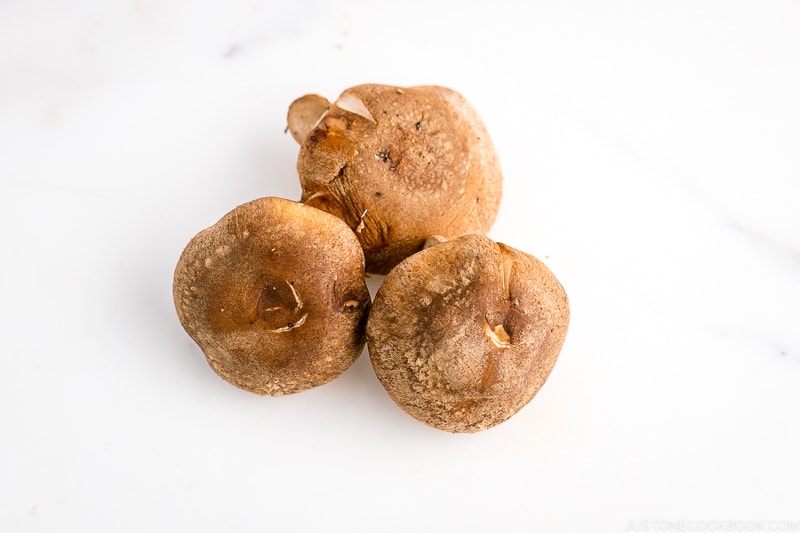
Shiitake mushrooms (椎茸) are the most popular variety in Japanese cooking. Recognizable by their wide, umbrella-shaped brown caps, these mushrooms are loved for their deep umami flavor that enriches soups, stir-fries, and broths alike.
- Flavor & texture: Deep, earthy, and meaty. Dried shiitake have a more concentrated taste than fresh.
- How to use: Fresh shiitake are ideal for sautéing, stir-frying, and adding to soups or noodle dishes. Dried shiitake are perfect for making vegan dashi, vegetarian broths, or any dish that needs an extra flavor boost.
👩🏻🍳 Tip: I always keep a bag of dried shiitake in my pantry. They can be rehydrated anytime and instantly add umami to soups or rice dishes.
* For authentic Japanese-grown dried shiitake, I recommend this and this.
Japanese Mushroom Rice
This umami-rich Japanese Mushroom Rice is cooked in a savory dashi soy broth and topped with butter, chopped chives, and sea salt flakes. Use a mix of different Japanese mushrooms like shiitake, king oyster, and shimeji for flavor and texture.
- Spinach and Mushroom Miso Soup
- Stir-Fried Mushrooms and Eggs with Ankake Sauce
- Vegetable Yakisoba
- Simmered Shiitake Mushrooms (Fukumeni)
Maitake Mushrooms
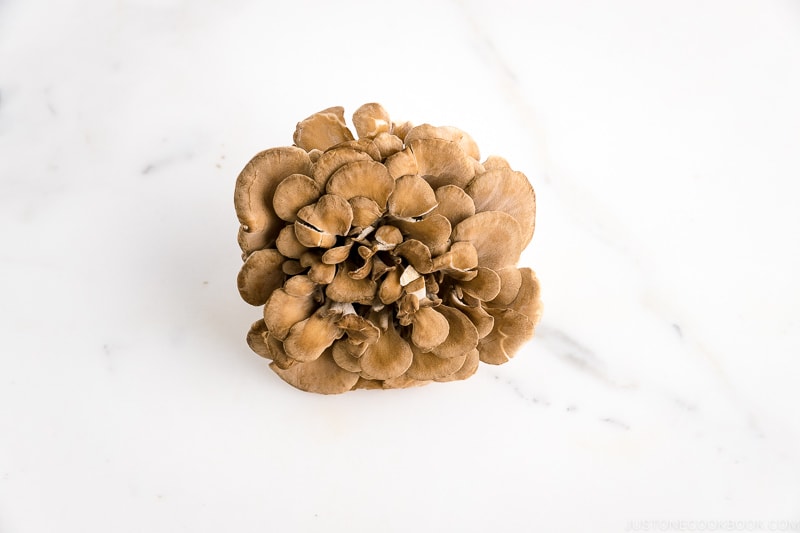
Known as “Hen of the Woods,” maitake mushrooms (舞茸) have a distinct appearance resembling a cluster of dancing leaves. Their delicate aroma and fun texture stand out on the plate and add a wow factor to any dish. add body and depth to any dish.
- Flavor & texture: Firm, slightly chewy, with a subtle nutty flavor that crisps beautifully when roasted or sautéed.
- How to use: Best for high-heat cooking methods like roasting, pan-searing, or sautéing. Also delicious in hot pots and stir-fries.
Butter Ponzu Beef
My Butter Ponzu Beef is a quick weeknight favorite with paper-thin beef, maitake mushrooms, and greens tossed in a savory, citrusy soy sauce.
Enoki Mushrooms
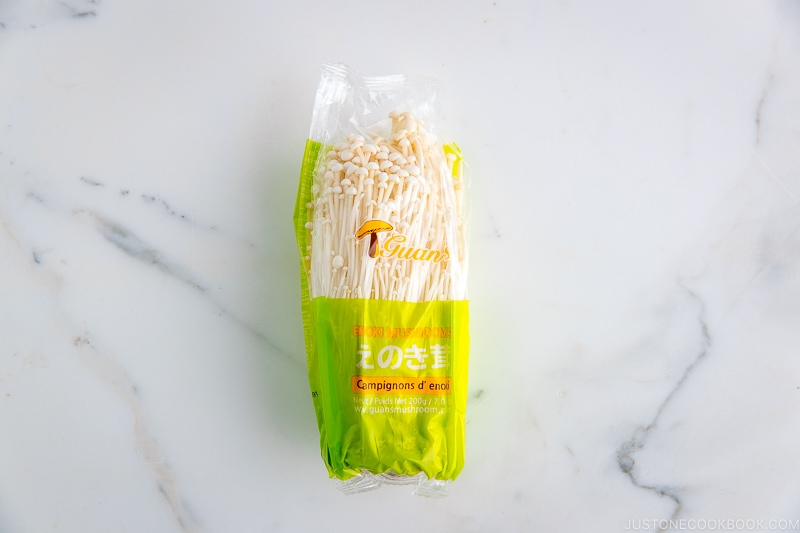
Delicate and elegant, enoki mushrooms (えのき茸) are instantly recognizable by their long, thin creamy-white stems and tiny caps. Their crisp texture and mild flavor make them one of the most versatile mushrooms in Japanese cooking.
- Flavor & texture: Mildly nutty with a silky yet crunchy bite.
- How to use: Perfect for hot pots (nabe), stir-fries, braised dishes, and noodle soups.
👩🏻🍳 Tip: Add enoki at the end of cooking to preserve its texture and color.
Miso Soup with Enoki Mushrooms and Ground Sesame
With a shortcut dashi stock and 15 minutes, you can make this umami-rich Miso Soup with Enoki Mushrooms and Ground Sesame. Sweet Japanese long green onion, hand-torn tofu, and ground sesame seeds add wonderful texture and flavor to the soup. {Vegan Adaptable}
Shimeji Mushrooms

Shimeji mushrooms (ぶなしめじ) grow in clusters resembling a small bouquet, with slender stems and rounded caps that can be light brown or creamy white. They’re popular for their balanced flavor and firm bite.
- Flavor & texture: Mild, slightly sweet, and pleasantly chewy.
- How to use: Excellent in soups, pasta, stir-fried with vegetables/meat/seafood, or folded into omelets.
👩🏻🍳 Tip: Thanks to their mild flavor, I enjoy using shimeji in yoshoku (Japanese-style Western dishes). They pair well with creamy or buttery sauces and won’t overpower other ingredients.
Miso Butter Mushrooms in Foil
I used a variety of Japanese mushrooms in this recipe, but you can simplify it with just shimeji and shiitake. It’s delicious served as a side dish or even as a main course.
Matsutake Mushrooms
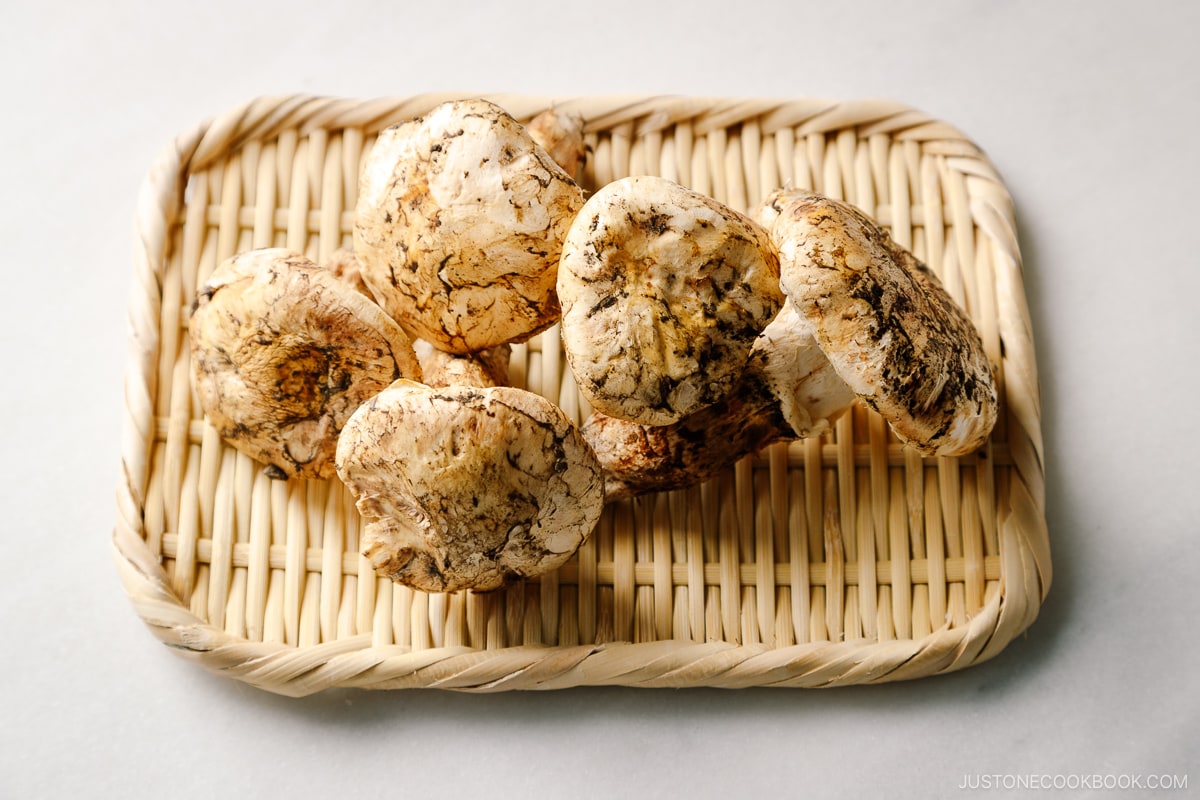
Matsutake mushrooms (松茸) are the ultimate autumn delicacy in Japan, cherished for their intoxicating pine-like aroma. With their thick stems and small brown caps, they embody the season’s elegance and depth.
- Flavor & texture: Distinctly spicy, woodsy, and highly aromatic.
- How to use: Traditionally used in mixed rice (matsutake gohan), clear soups, and chawanmushi. They’re also delicious simply grilled with a drizzle of oil and a sprinkle of salt.
- Highlights: Considered a luxury ingredient in Japan, matsutake can command prices up to $1,000 per pound during peak season.
👩🏻🍳 Tip: Keep the preparation and seasonings simple so the unique flavor shines.
King Oyster Mushrooms
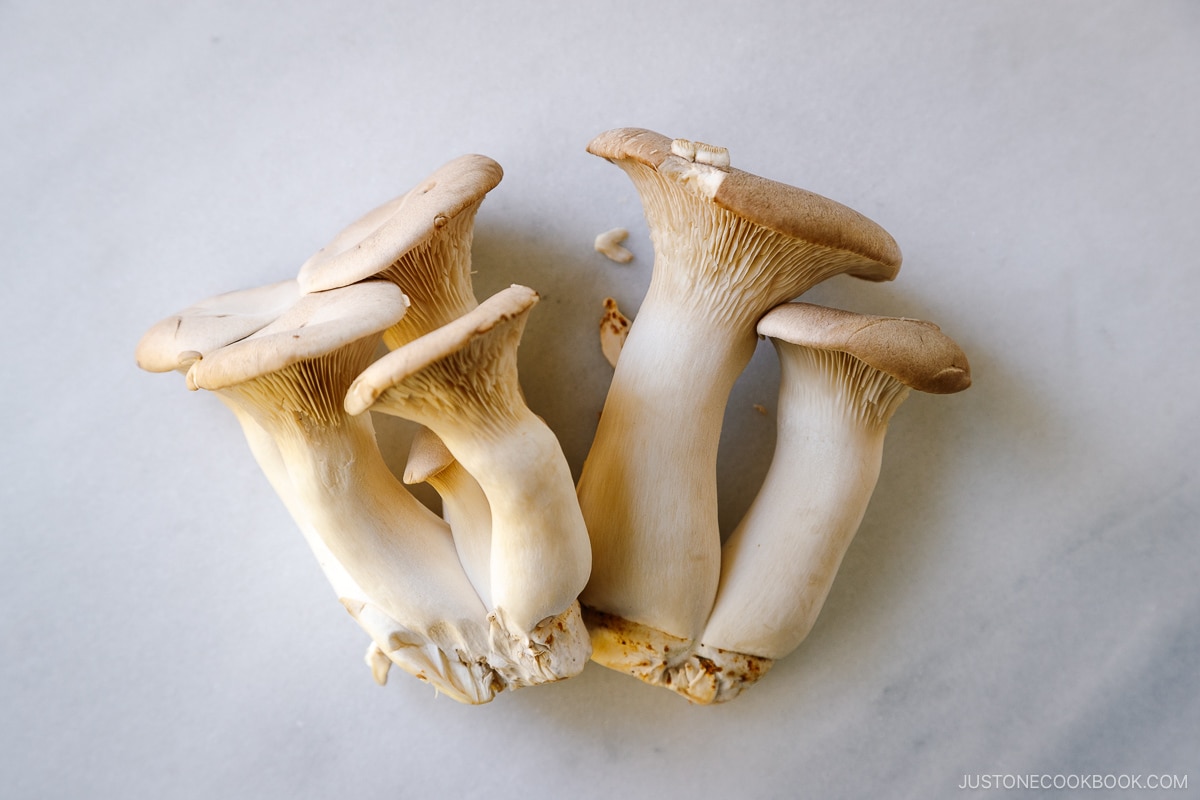
King oyster mushrooms (エリンギ), also called eringi, have thick, meaty stems and flat tan caps. Their firm texture makes them perfect for high-heat cooking.
- Flavor & texture: Robust texture with a subtle, nutty flavor.
- How to use: Marinate and grill, deep-fry or roast. Excellent in vegetarian curries, tempura, and donburi bowls.
👩🏻🍳 Tip: Their sturdy texture makes them ideal for grilling or slicing into “steaks” — a favorite among plant-based cooks.
Nameko Mushrooms

Small and amber-colored, nameko mushrooms (なめこ) are known for their glossy, gelatinous coating and mild nutty-sweet flavor. They’re a common sight in Japanese soups and side dishes.
- Flavor & texture: Mildly fruity, nutty, and earthy with a naturally slippery texture that becomes pleasantly silky when cooked.
- How to use: Add to miso soup, soba noodles, stir-fries, or simmer in soy-mirin sauce. They’re also great tossed with tofu or rice.
👩🏻🍳 Tip: Don’t let the sliminess deter you. It’s full of umami and works as a natural thickener for soups, nabemono (hot pots), and sauces.
Nameko Mushroom Miso Soup
With an earthy, nutty flavor and a wonderfully creamy texture, this Nameko Mushroom Miso Soup is a comforting addition to your home-cooked dinner.
I hope you enjoy trying these Japanese mushroom recipes! Share your favorite ways of cooking with Japanese mushrooms in the comments below. I’d love to hear from you.
Editor’s Note: This post was originally published on October 30, 2023 and was republished on October 29, 2025, with more helpful information.








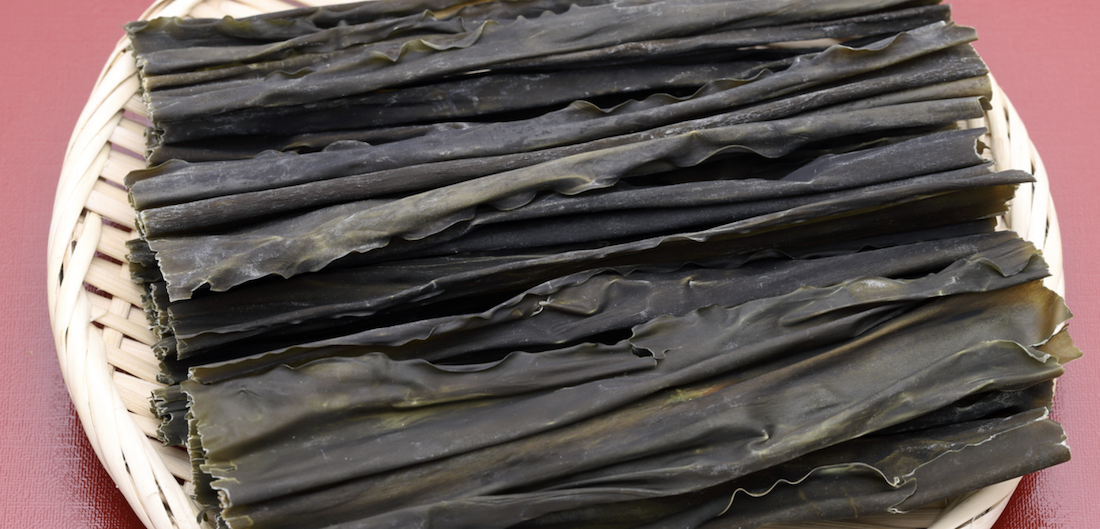







 English (US) ·
English (US) ·